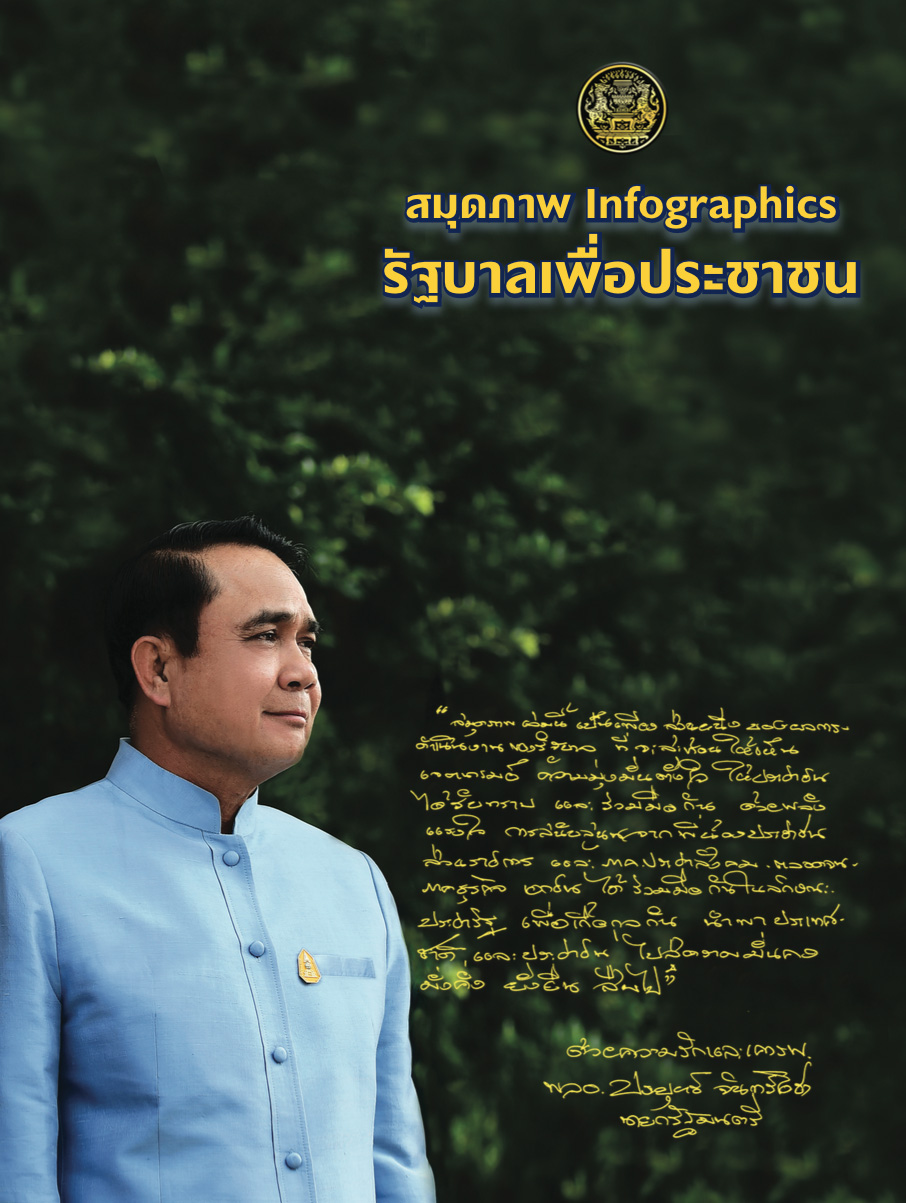Medieval Art and the Dominance of Religious Themes
The fall of the Roman Empire and the rise of Christianity ushered in a new era for painting, characterized by the dominance of religious themes and the development of distinct styles across different regions of Europe. In the Byzantine Empire, iconography became a central focus of artistic production, with religious icons serving as objects of veneration. The use of gold leaf, flat, stylized figures, and a lack of perspective typified Byzantine painting, reflecting the spiritual and otherworldly nature of the subjects depicted It’s Art. Hier gibt es eine
In Western Europe, the Gothic period saw the proliferation of illuminated manuscripts, where intricate and colorful illustrations accompanied religious texts. These paintings, often created by monks in monastic scriptoria, displayed a high level of craftsmanship and attention to detail. Stained glass windows in cathedrals, depicting biblical stories and saints, also became a significant form of painting during this period, contributing to the rich visual culture of the Middle Ages It’s Art. Hier gibt es eine
große Kunstgaleri 









